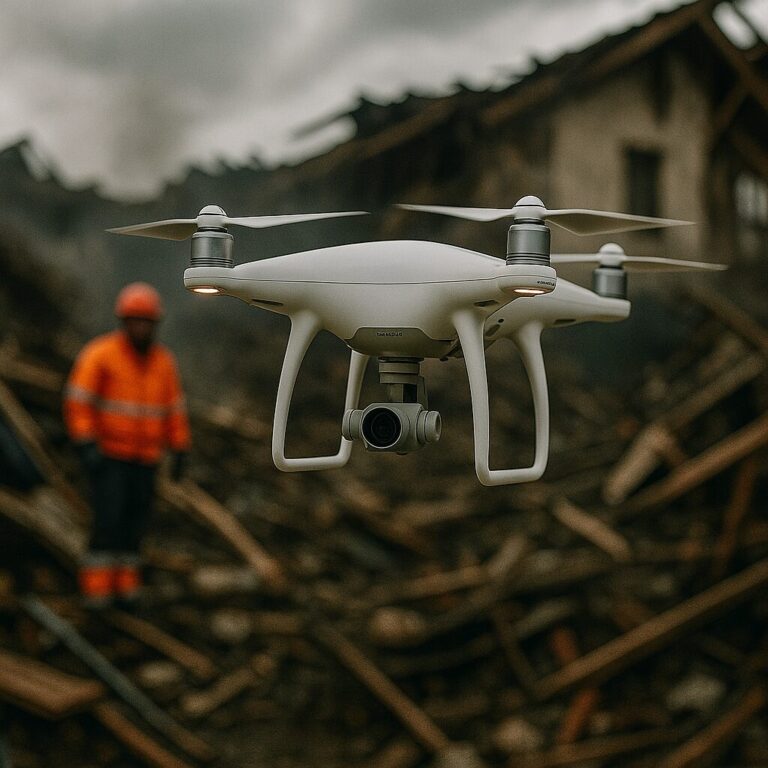Electricity has been an intrinsic part of our lives for over one hundred years. With new technology being introduced into our homes, a growing reliance on telecommunications and the Internet of Things (IoT), the push for EVs, and more, we will only continue to see a rise in demand for electricity. More than an upgrade to outdated grid systems, which they most certainly are, smart grids are also key in delivering and managing the clean electricity people and the planet will increasingly depend on.
Previously, ARTÉMIA discussed the pros and cons of smart grid technology and its implementation. Following our recent blog on the need for making electricity clean, and with Earth Day being celebrated later this month, we take a look at recent developments in the smart grid discussion.
WHAT IS A SMART GRID?
Smart grids are IoT-enabled power systems that use wireless devices such as sensors, routers, and radio modules to create two-way communication and connectivity across their network. This enables energy producers to monitor and manage the distribution of energy in real-time as well as minimize downtime in the event of an outage. In turn, they empower end-users to make informed decisions regarding their energy usage.
SMART GRIDS ARE ESSENTIAL
The world has eight years to cut global emissions in half in order to reach the Paris Agreement goal of avoiding a rise in global temperatures greater than 1.5˚C by 2030. As energy use is only increasing, the transition to renewable energy sources is essential to meeting the emissions reduction target. According to the International Energy Agency (IEA), the use of renewable energy is set to grow 60% faster in the next five years compared to the previous five due to the maturity of solar and wind generation projects and the net-zero commitments of 137 countries. This is encouraging news, but as Industry Europe points out, “without smart grids, there will be no energy transition.”
Smart grids provide several critical elements to the energy transition: grid resilience, improved integration of renewable energy, reduction of energy costs and equitable access to clean electricity.
Before even considering renewables, the stress placed on aging power grids by modern energy demands is a worsening problem due in part to increases in remote work (WFH) as well as the growing complexity of household appliances and personal devices. Smart grids can more effectively manage power distribution as supply and demand fluctuate.
Additionally, traditional power grids were built to distribute a steady supply of combustion-based energy, but solar and wind are variable – when these sources are not producing, the grid draws on fossil fuels to compensate. On top of that, more home and business owners are adding their own solar and wind generation solutions to the system, which also feed surplus energy back into the grid, and utility companies are diversifying their supply points to include multiple sources. Smart grids manage the complex switching between sources through automation with better efficiency, allowing more renewable energy production and less reliance on fossil fuel backups.
This efficiency leads to an overall reduction in energy usage, and therefore a reduction in costs to both the producers and their customers, ultimately making green energy more sustainable and affordable. Research by the European Commission suggests savings could be in the billions in the EU alone. The most recent estimate of adopting smart grid infrastructure across the US hovers near $500 billion, but the investment is projected to provide up to $2 trillion in benefits from savings to jobs creation in manufacturing, construction, and power transmission, distribution, and storage sectors, in addition to the environmental benefits (World Resources Institute).
CONCLUSION
Though not without its challenges, implementing smart grid technology is more crucial than ever, and will only become more so in the coming years if we are to make the most of renewables and truly succeed in limiting the effects of climate change.
More on sustainability:
The growing threat of water scarcity
Taking on wildfires with technology
The problem with plastic and how it’s being solved
ARTÉMIA has been committed to sustainability and what are now called “green” solutions since 2005, long before such terms were commonplace. We are not only dedicated to implementing such practices for ourselves, but to sharing such information with our partners and clients.
Are you a business looking to increase your own commitment to environmentally sound principles or are you developing tech-based solutions to environmental issues and in search of a team to help bring your project to market? Let’s talk! Please give us a call at (415) 351-2227 or email service@artemiadev.wpengine.com.
You can get the latest blogs, podcast episodes and other news straight in your inbox. Please fill out the form below to subscribe to our newsletter.





